Table of Contents
▼Imagine a theater bathed in darkness, then suddenly illuminated by a warm glow that sets the stage for an emotional performance. Stage lighting design is more than just visibility—it shapes the atmosphere, guides audience focus, and enhances storytelling, transforming a simple scene into an unforgettable experience.
A well-executed lighting plan requires a balance of artistic vision, technical knowledge, and collaboration with other production elements. This article explores the key factors that contribute to an effective stage lighting design, from its core functions to essential techniques and future trends.
Purpose & Core Elements of Stage Lighting
Lighting is a powerful tool for setting the mood and reinforcing the emotions of a scene. Warm lighting, for instance, can create a sense of intimacy or nostalgia, while cooler tones can evoke tension or mystery.
The use of shadows, intensity, and color shifts helps align the visual experience with the story being told. For example, a noir drama may rely on stark shadows and high contrast to enhance its themes of suspense.
Just as a camera in a film frames a shot, stage lighting directs attention to specific elements on stage. Spotlights highlight key characters or moments, while varying light intensity and contrast can subtly guide the audience’s gaze.
A well-balanced lighting design ensures that essential details are visible without overwhelming the scene or causing distractions.
Lighting Fixtures & Roles
Choosing the right lighting fixture is crucial as it determines the overall look and feel of a performance. A variety of lighting fixtures are used to achieve specific effects:

- Fresnels - Provide soft-edged beams, ideal for general washes. Their adjustable focus allows for a smooth transition between spotlight and floodlight, making them versatile in theater settings.
- PAR Cans - Offer broad, strong illumination, commonly used for stage washes. These fixtures are durable and cost-effective, making them a staple in concerts and live events.
- Moving Heads - Deliver dynamic effects, such as color changes, gobos, and motion. Their programmability enables intricate light shows that synchronize with performances.
- Spotlights - Used to highlight specific performers or objects on stage. They provide high-intensity, focused beams that can be manually or remotely controlled for precision.
- Ellipsoidal Reflector Spotlights (ERS) - Known for their sharp, well-defined beams, these fixtures are commonly used for key lighting, pattern projections, and gobo effects. They feature adjustable shutters that allow precise control over beam shaping, making them ideal for highlighting specific areas of the stage while minimizing light spill.
- Beam Lights - Emit narrow, highly concentrated beams of light, making them ideal for creating sharp, striking visual effects. These fixtures are commonly used in concerts, theatrical productions, and large-scale events to produce dramatic aerial effects and enhance dynamic stage moments. Their intense output and tight beam angle allow them to cut through ambient lighting, ensuring a commanding presence on stage.
- Strip Lights – Versatile fixtures used for color washes, accent lighting, and background illumination. Often placed along the edges of the stage or mounted on set pieces, they enhance depth, create ambiance, and provide smooth, even lighting coverage. Modern LED strip lights offer programmable color changes, making them a flexible tool for dynamic stage effects.
- Blinders – High-intensity lighting fixtures designed to momentarily flood the audience with bright light, creating dramatic visual impact. Often used in concerts and live events, they synchronize with musical beats to heighten excitement and engagement. These fixtures are typically mounted on trusses and can be controlled for pulse effects or sustained bursts of illumination.
Each of these fixtures plays a vital role in crafting the visual atmosphere of a performance, ensuring that lighting enhances rather than detracts from the overall production.
Lighting Positions and Functions
Proper fixture placement enhances depth, visibility, and overall stage presence. Here are key positions and their roles:

- Front Lighting – Ensures performers’ faces are well-lit, making expressions visible to the audience. Typically placed at an angle above the stage to reduce shadows while maintaining natural highlights.
- Backlighting – Creates depth and silhouettes, helping to separate performers from the background. Often used to produce dramatic effects or outline figures with a halo-like glow.
- Downlighting – Highlights key areas or creates dramatic overhead effects. It can be used for emphasis in solos or to produce moody, atmospheric looks.
- Side Lighting – Adds dimension, accentuates movement, and enhances the visibility of dancers and actors in motion. Commonly used in theatrical and dance performances for sculpting the body’s form.
- High-Side Lighting – Positioned higher than traditional side lighting to add additional contouring and reduce unwanted shadows on faces.
- Footlighting – Placed along the front edge of the stage to provide an upward fill of light, reducing harsh shadows from overhead lighting and adding a vintage theatrical effect.
Strategic use of these lighting positions ensures a well-balanced stage that supports storytelling and enhances audience immersion.
Basic Stage Lighting Terms
- Fixture – A general term for any stage light, such as spotlights, wash lights, or moving head lights.
- Lamp – The actual light source (bulb) inside a fixture that produces illumination.
- Wash – A broad, soft-edged light that evenly covers a large area on stage.
- Intensity – The brightness level of a light, usually adjustable to create different moods.
- Diffusion – A method to soften the light beam, often using filters or frosted glass.
- Barndoors – Adjustable metal flaps on the front of a fixture to control the shape and spread of light.
- Gobo – A stencil or template placed inside a fixture to project patterns or shapes onto a surface.
- DMX – A lighting control protocol that allows multiple fixtures to be controlled via a single controller.
- Gel – A thin, colored filter placed in front of a light to change its color.
- Colour Wheel – A rotating disc with different colors used in moving head lights to change the light’s hue.
- Prism – An optical element in some fixtures that splits the light beam into multiple beams for special effects.
- Master/Slave (Primary/Secondary) – A control mode where one light (master) directs others (slaves) to follow its actions.
- Sound-Active – A lighting mode where lights change based on detected sound or music beats.
- Beam Angle – The width of the light spread from a fixture; narrow beams create sharper effects, while wide beams provide more coverage.
- Haze Machine – Produces a fine mist to enhance beams of light without obscuring visibility.
- Fog Machine – Produces thick clouds of fog to create atmospheric effects.
- Blinder – A powerful light used to temporarily illuminate the audience, often in concerts.
- Dimming Curve – The response pattern of how a light dims when adjusted.
- Pixel Mapping – A technique where individual LEDs within a fixture can be controlled separately for complex effects.
- White Balance – Adjusting the color temperature of lights to achieve the right color accuracy on stage.
Control Systems & Power Management
Modern stage lighting relies on advanced control systems like DMX (Digital Multiplex), which allow precise adjustments to brightness, color, and movement. Lighting consoles and software (e.g., QLab) enable designers to program seamless transitions and sync effects with music or other stage elements.

Equally important is power management. Proper cable routing, dimmer racks, and safety precautions prevent overloads and ensure reliable performance throughout an event.
Design Principles & Execution
Balancing Aesthetics & Functionality
An effective lighting design balances artistic vision with practical execution. Overly complex lighting can distract from the performance, while insufficient lighting can make key moments unclear. Designers must prioritize essential scenes—such as solos or dramatic climaxes—while maintaining a cohesive look that supports the entire production.
Color Theory in Practice
Colors evoke different emotions and can drastically affect how a scene is perceived. Understanding their psychological impact helps designers craft compelling visual experiences:
- Red – Passion, urgency, danger.
- Blue – Calmness, melancholy, mystery.
- Green – Nature, eeriness, unease.
- Yellow – Warmth, optimism, energy.
Combining gels or LED settings can add texture and depth to the stage, enhancing visual storytelling.
Timing & Rhythm in Lighting
Lighting transitions play a vital role in maintaining the rhythm of a performance. Sharp cuts between light and dark can create dramatic tension, while slow fades can guide emotional shifts seamlessly. The best lighting designs synchronize with actors' movements, dialogue, and music, ensuring a fluid audience experience.
Collaboration with Other Departments
Stage lighting doesn’t exist in isolation—it must align with set design, costumes, and sound effects. Lighting designers work closely with directors and production teams to ensure that their vision complements the overall aesthetic. Coordinating with sound engineers prevents clashes, such as intense strobe lighting conflicting with a heavy bass drop. When done correctly, this collaboration enhances the multisensory impact of the performance.
Stage Lighting Setup & Application
- Pre-Production Planning
Before setting up, designers must analyze the venue’s dimensions, ceiling height, power sources, and audience sightlines. Creating a lighting plot—a visual plan of where each fixture will be placed—ensures a structured and efficient setup.
- Rigging & Focusing
Once the equipment is mounted, careful adjustments are needed to achieve the right angles, intensity, and coverage. Gobo placement (stencil patterns used to shape light) adds texture and depth to the scene, enhancing the visual impact.
- Programming & Testing
Lighting cues must be programmed in advance, ensuring smooth transitions during the performance. Thorough testing helps identify potential issues, such as dead fixtures or misplaced lights, before the show begins.
Challenges & Future Trends
Common Pitfalls to Avoid:
- Overloading Circuits: Ignoring venue power restrictions can lead to failures mid-performance.
- Inconsistent Color Temperatures: Mixing warm and cool lights improperly creates visual disharmony.
- Lack of Cue Documentation: Poor record-keeping makes it difficult to replicate lighting setups in future performances.
Emerging Trends in Stage Lighting Design:
- Smart Lighting & Automation: AI-driven lighting adjusts dynamically based on real-time inputs, optimizing energy efficiency and scene transitions.
- Sustainability Efforts: Energy-efficient LEDs and solar-powered setups are becoming standard, reducing the environmental impact of large productions.
- Immersive Technologies: Augmented Reality (AR) and Virtual Reality (VR) are integrating with stage lighting to create hybrid performances that blend physical and digital elements.
Conclusion
Great stage lighting design is a synergy of creativity and technical execution. It shapes the mood, directs focus, and enhances the overall impact of a performance. By understanding its purpose, mastering technical elements, applying solid design principles, and collaborating with other departments, lighting designers can craft truly immersive experiences.
As technology continues to evolve, the future of stage lighting will bring even greater innovations, but the fundamental principles of storytelling and artistic vision will always remain at its core. Whether you’re working on a small theater production or a large-scale concert, the key to success lies in blending artistic intent with technical mastery.
Frequently Asked Questions
What are the key components of stage lighting design?
Stage lighting design includes fixtures like Fresnels, PAR Cans, moving heads, and LED panels, along with control systems such as DMX consoles. Placement, color theory, and synchronization with sound and performance are also crucial elements.
Why is color important in stage lighting?
Color helps set the mood and tone of a performance. Warm colors like red and yellow create energy or warmth, while cool colors like blue and green evoke calmness or tension. Layering colors enhances visual depth and storytelling.
How does lighting impact audience focus?
Lighting directs attention to key performers and scenes using techniques like spotlights, intensity shifts, and contrasts. It helps guide the audience’s eyes to important moments and prevents distractions.
What are common mistakes in stage lighting design?
Common mistakes include overloading circuits, mismatched color temperatures, poorly timed transitions, and insufficient documentation of lighting cues. Avoiding these ensures a smoother and more effective lighting setup.
What are the latest trends in stage lighting technology?
Modern trends include AI-driven lighting automation, wireless DMX control, sustainable LED advancements, and the integration of AR/VR for immersive performances.










































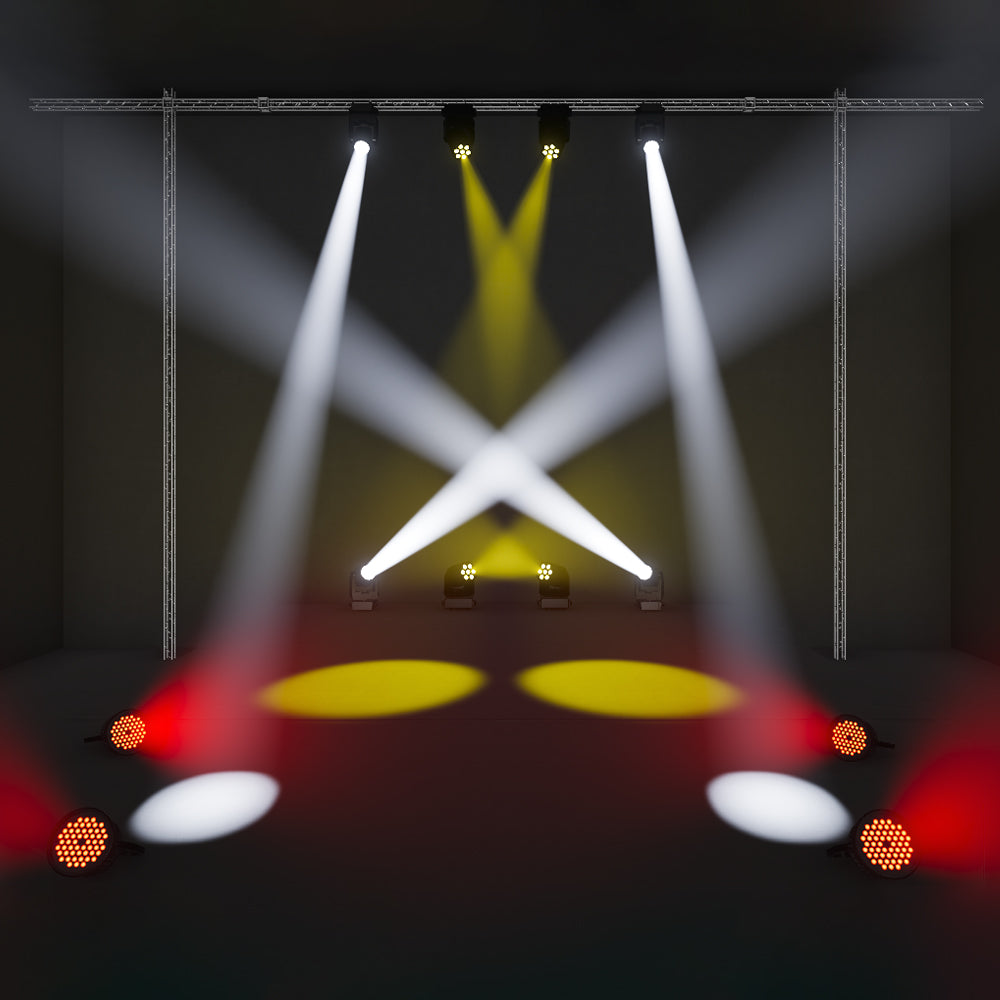
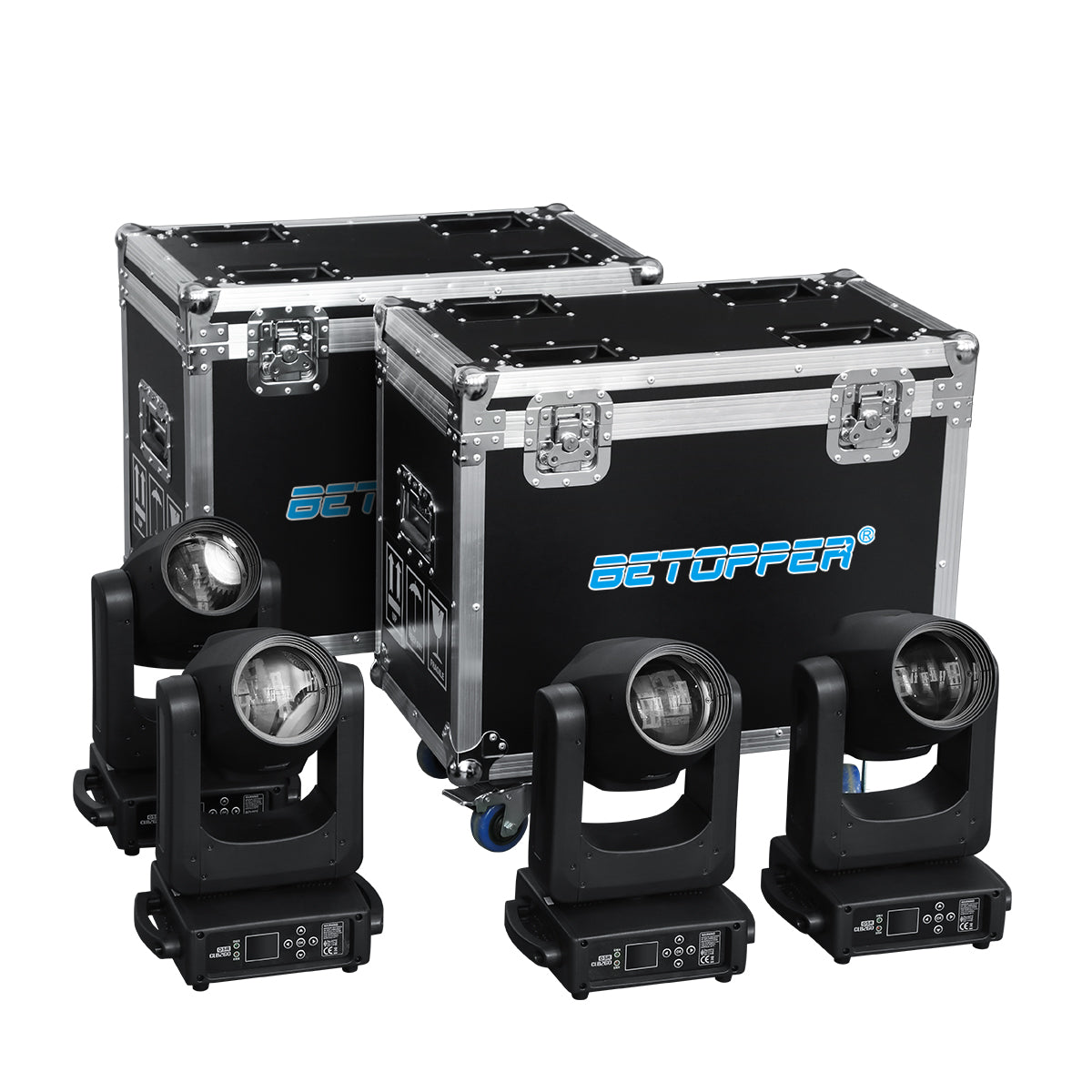
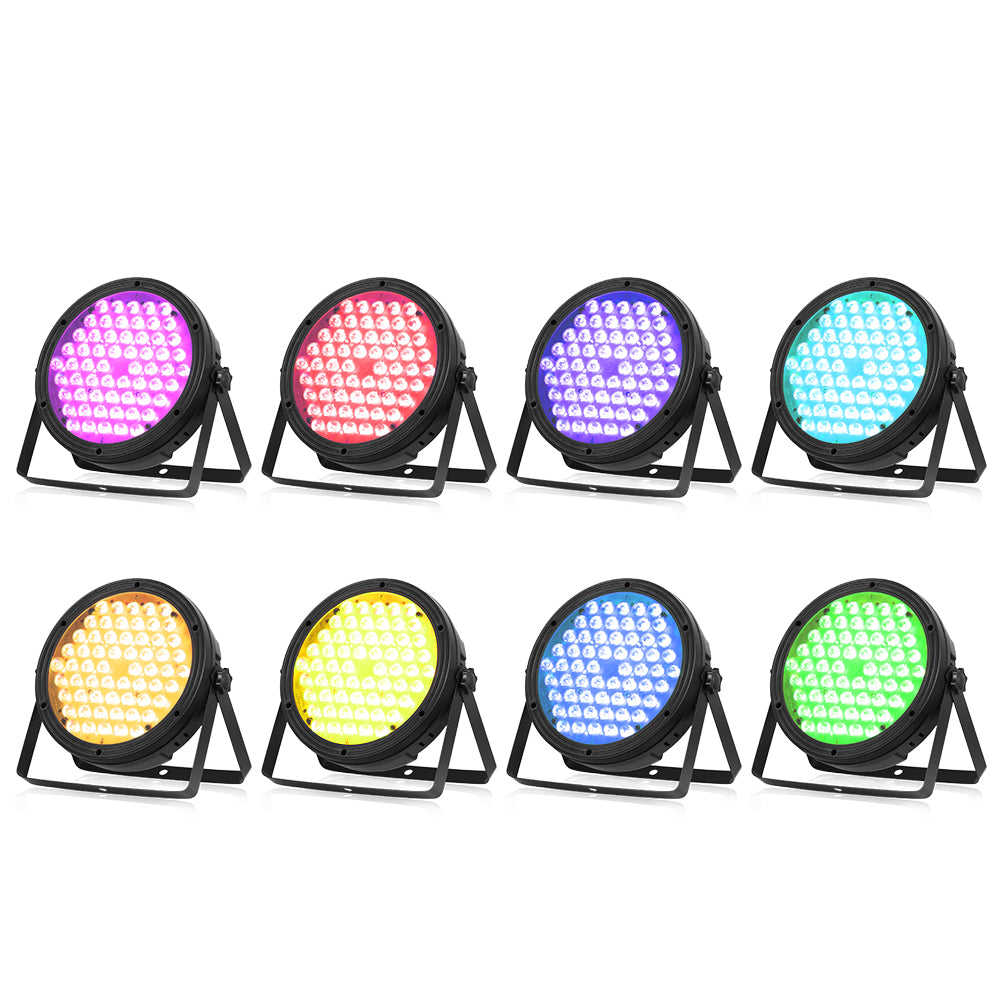
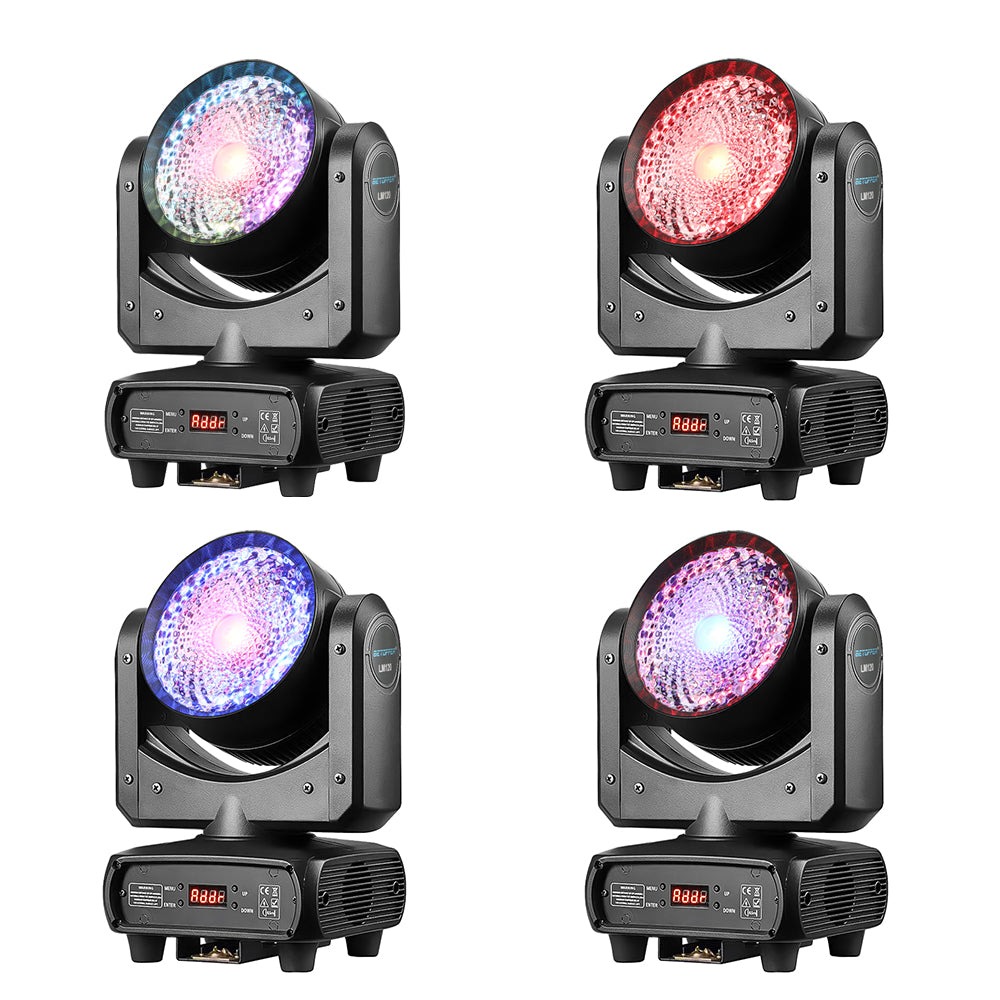
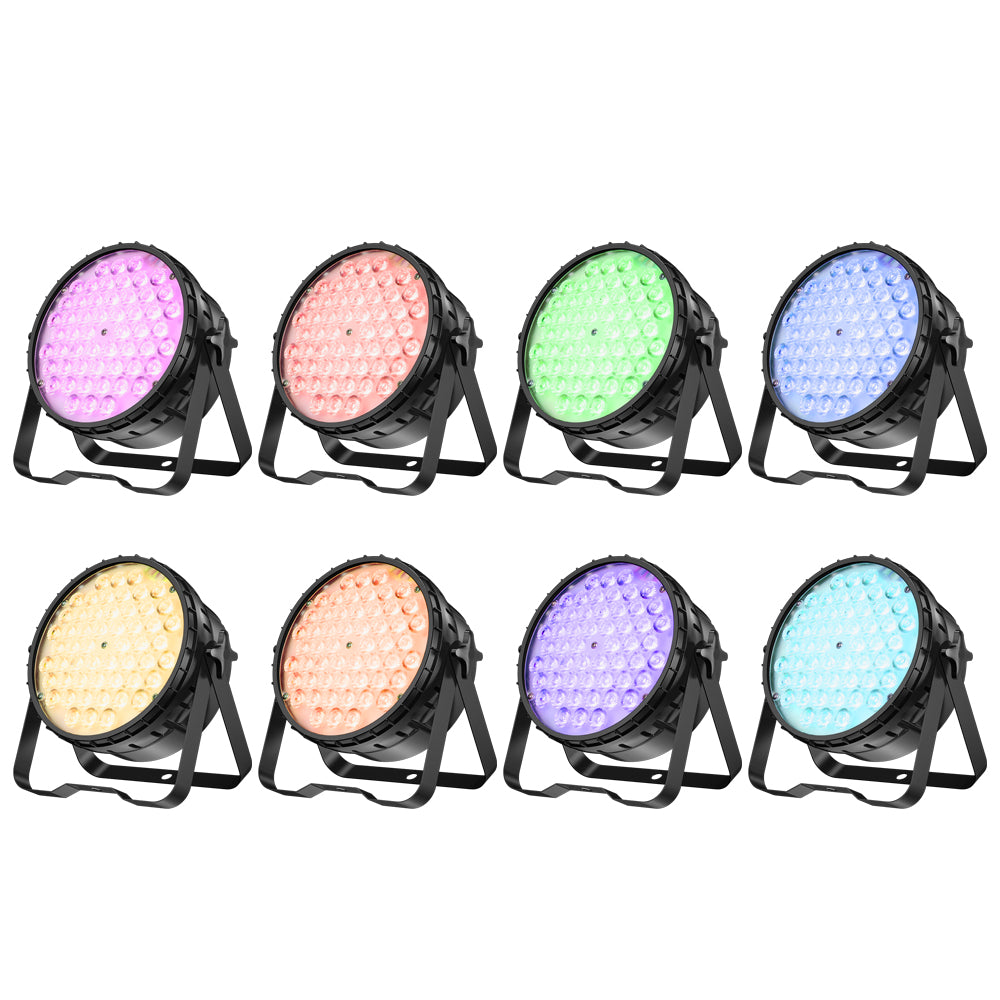

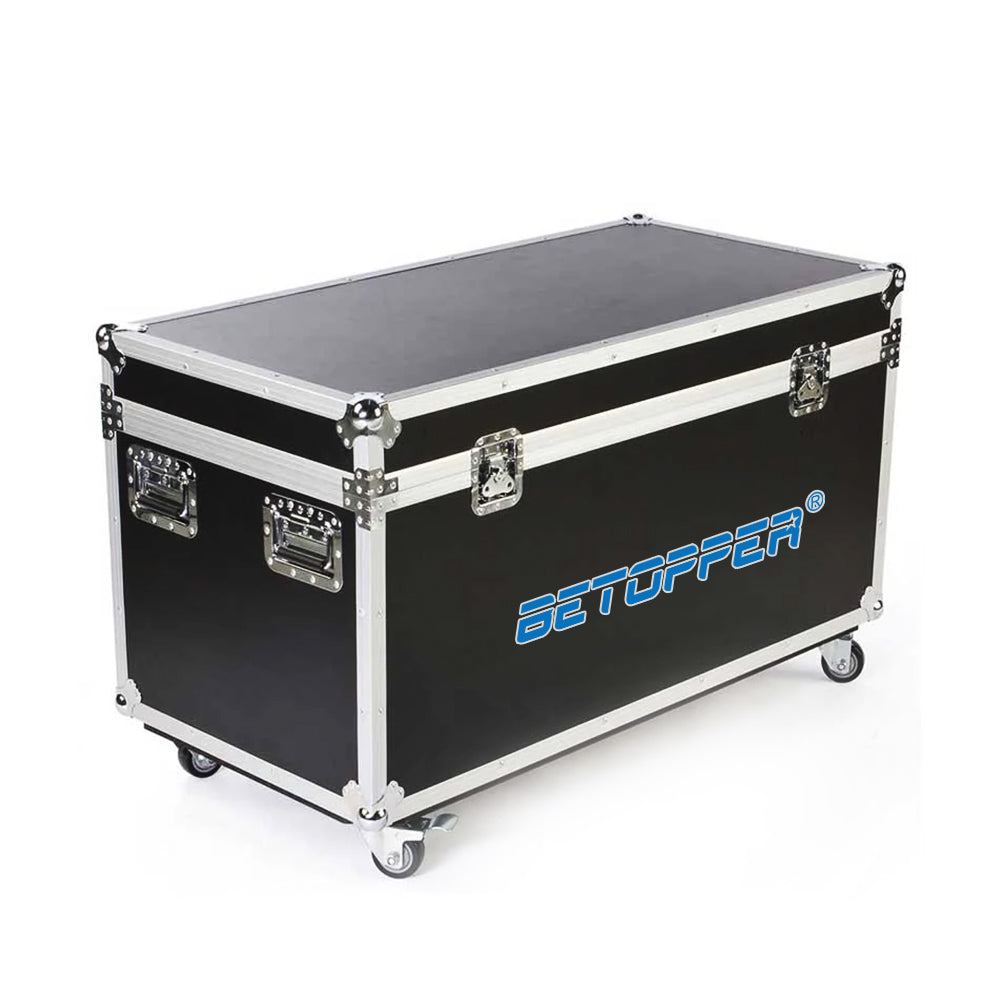
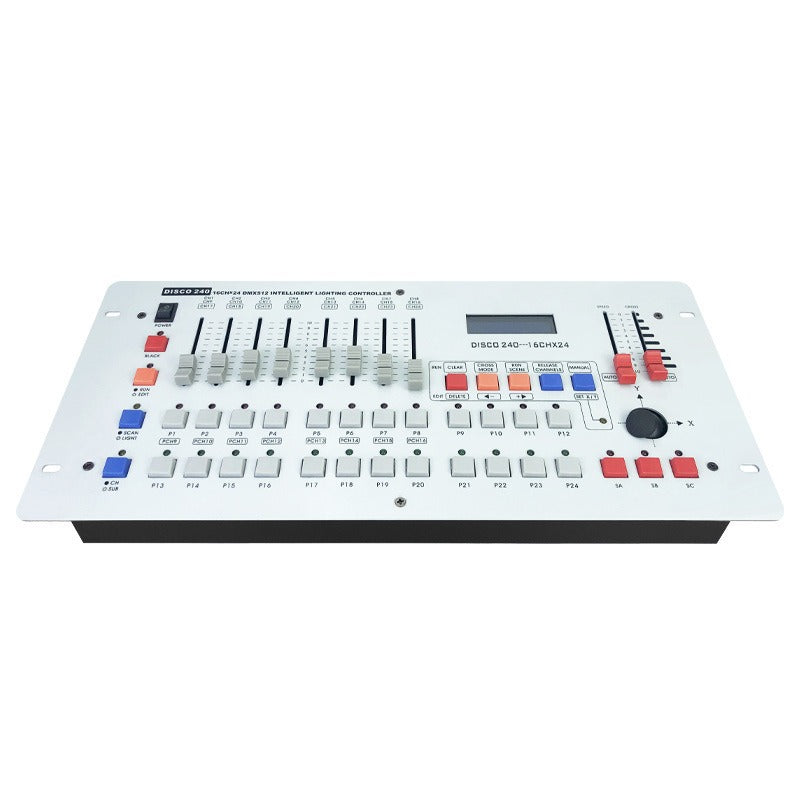
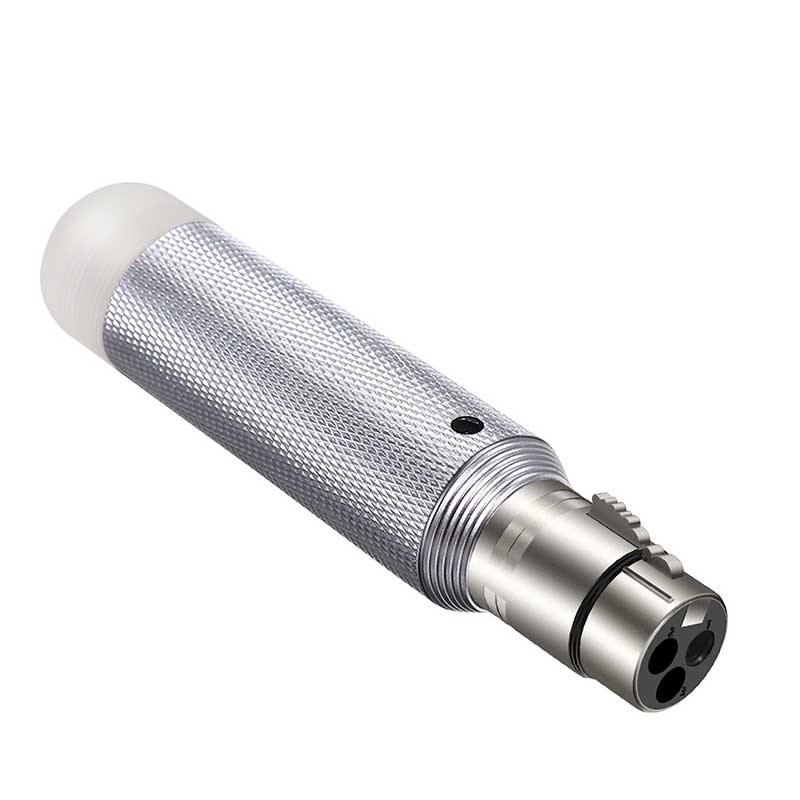
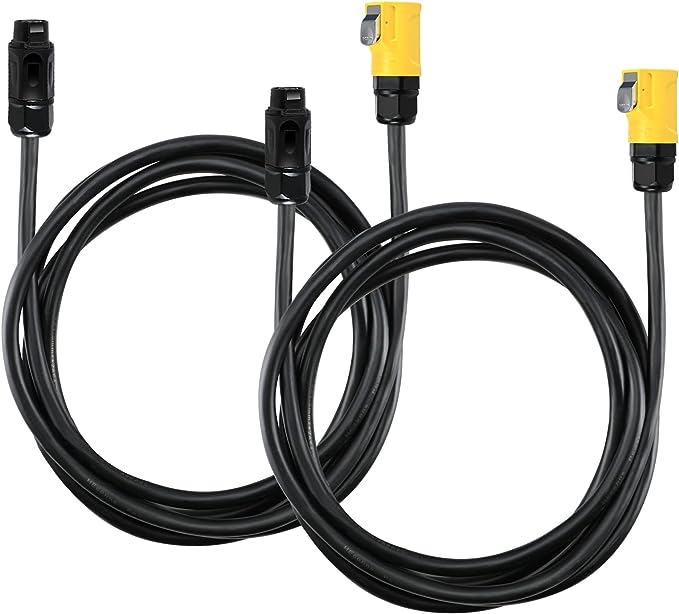

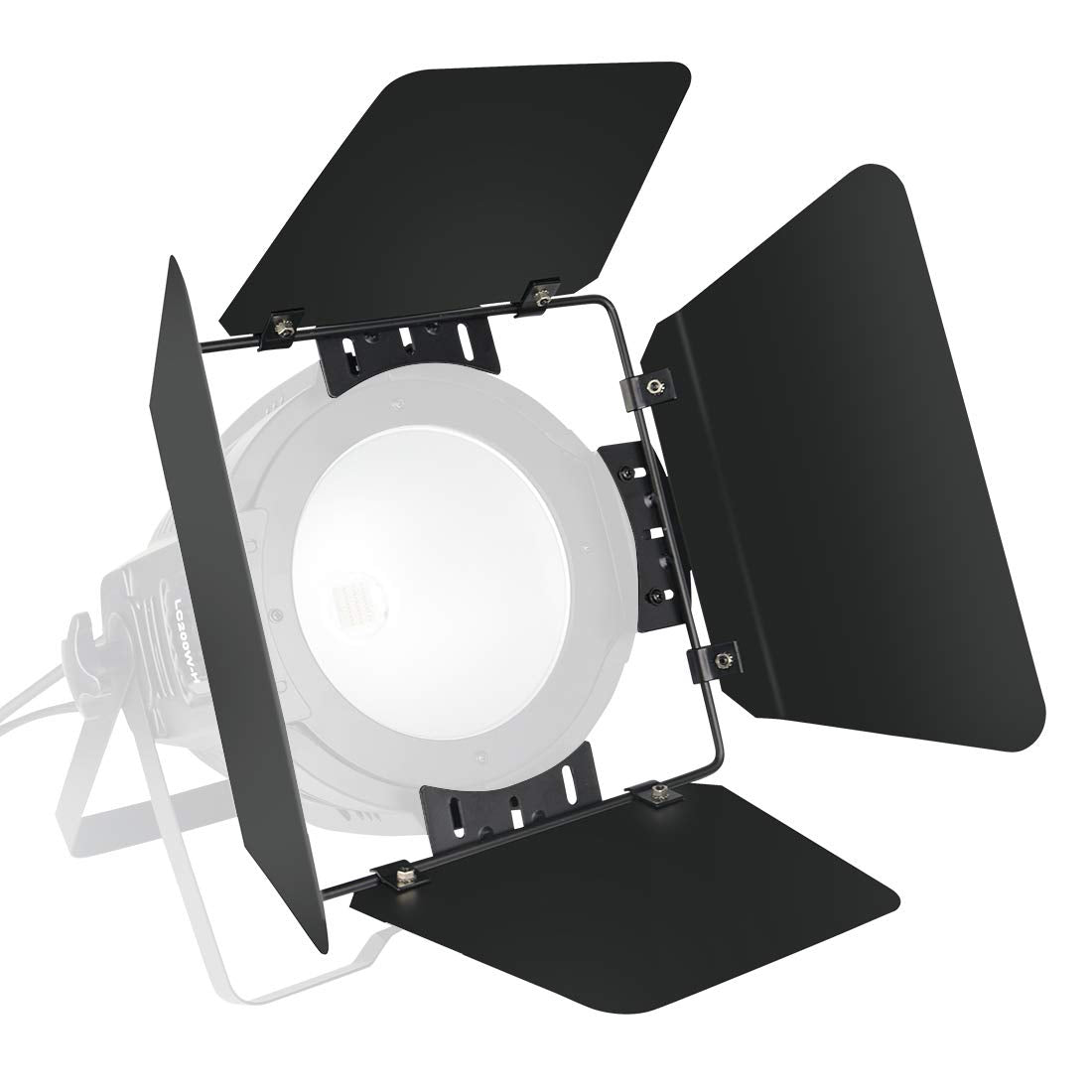
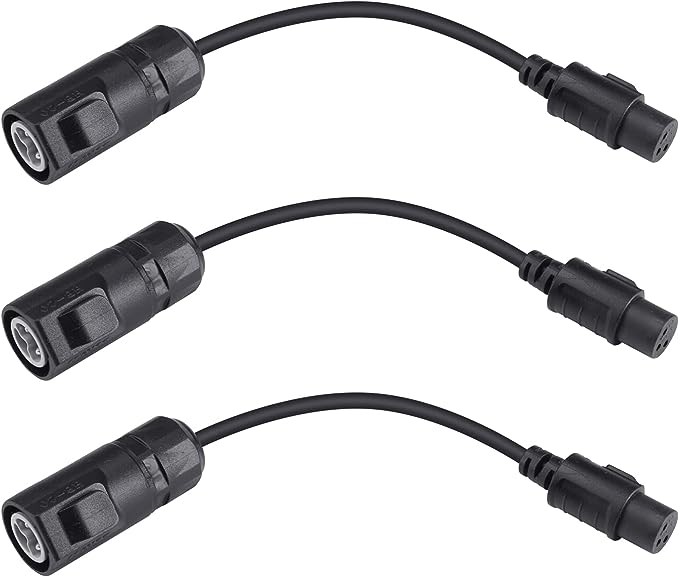
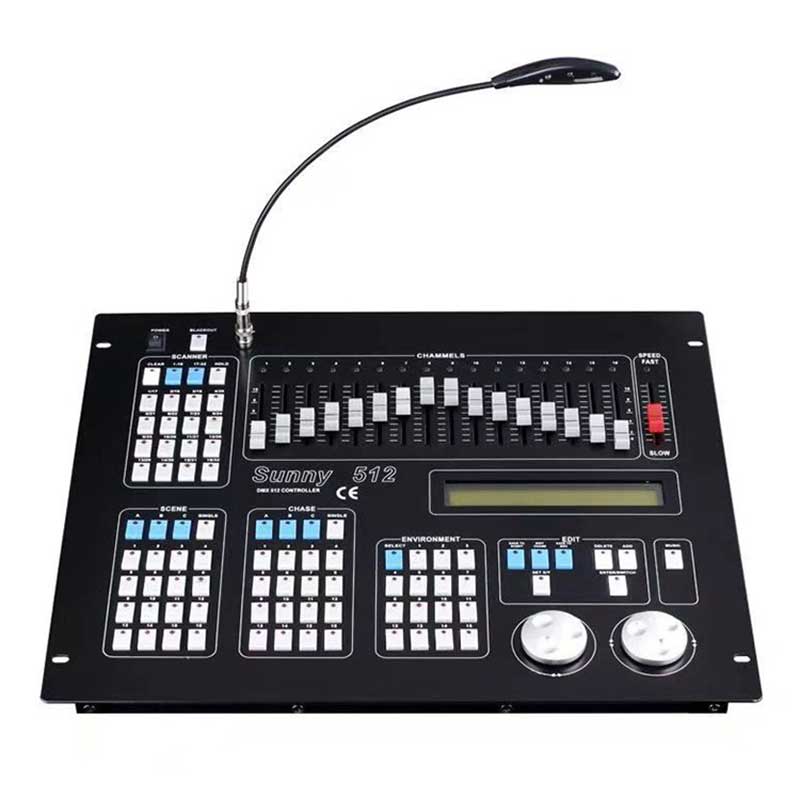
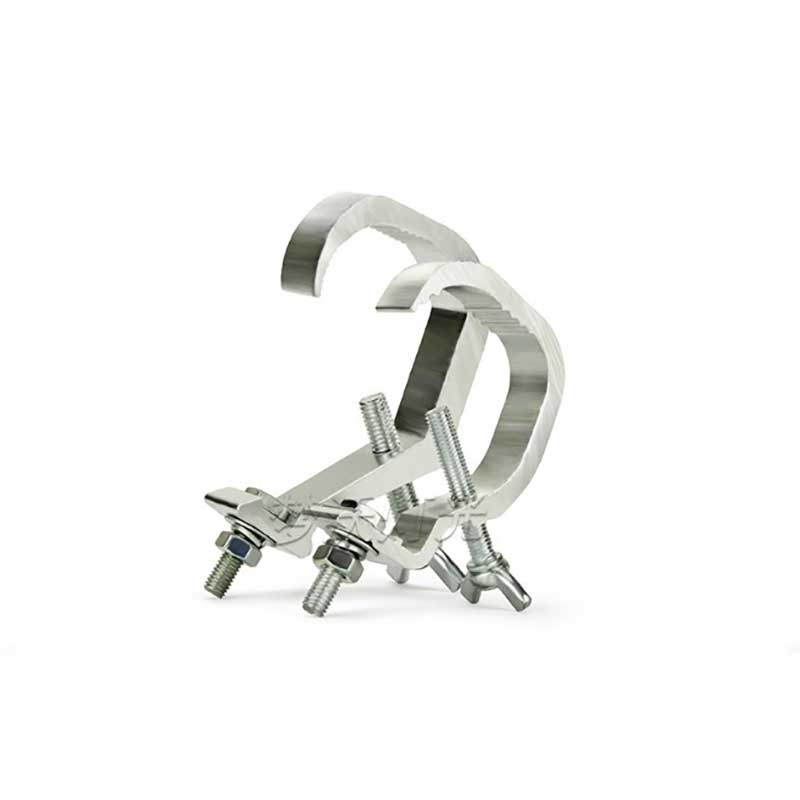
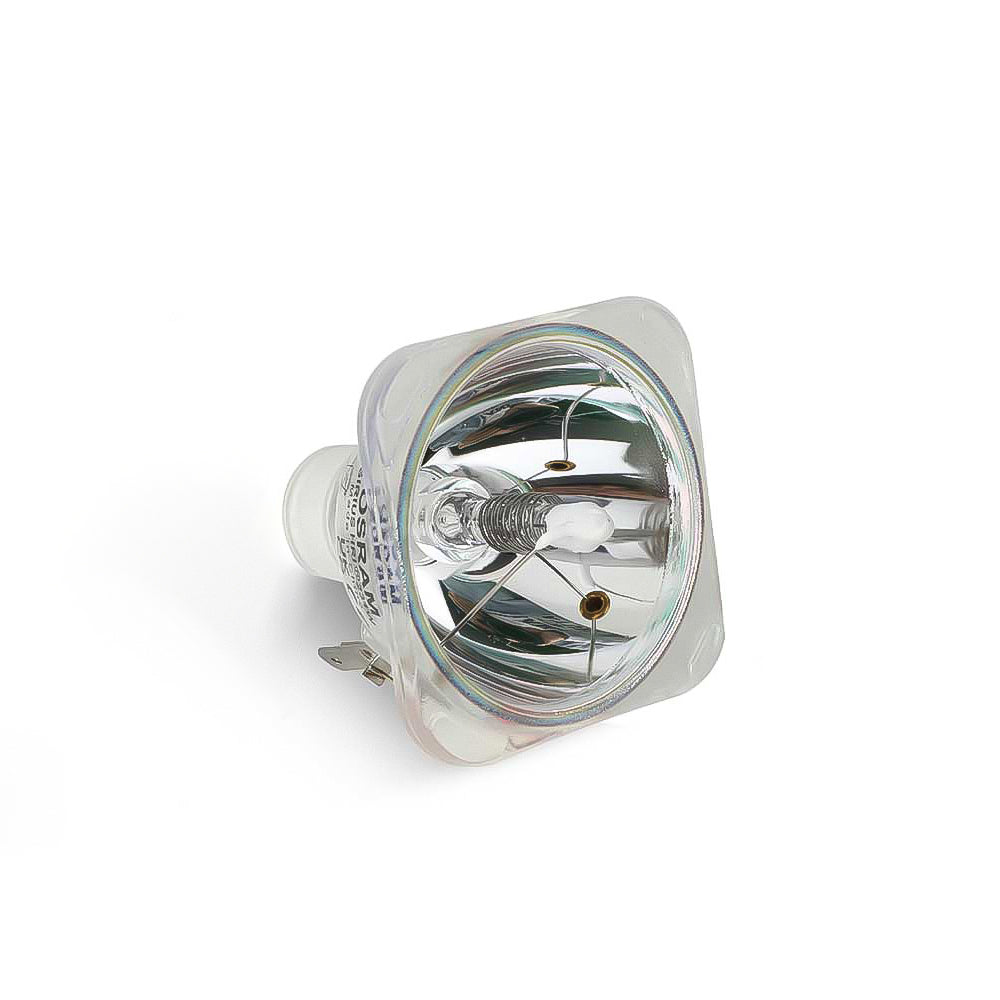
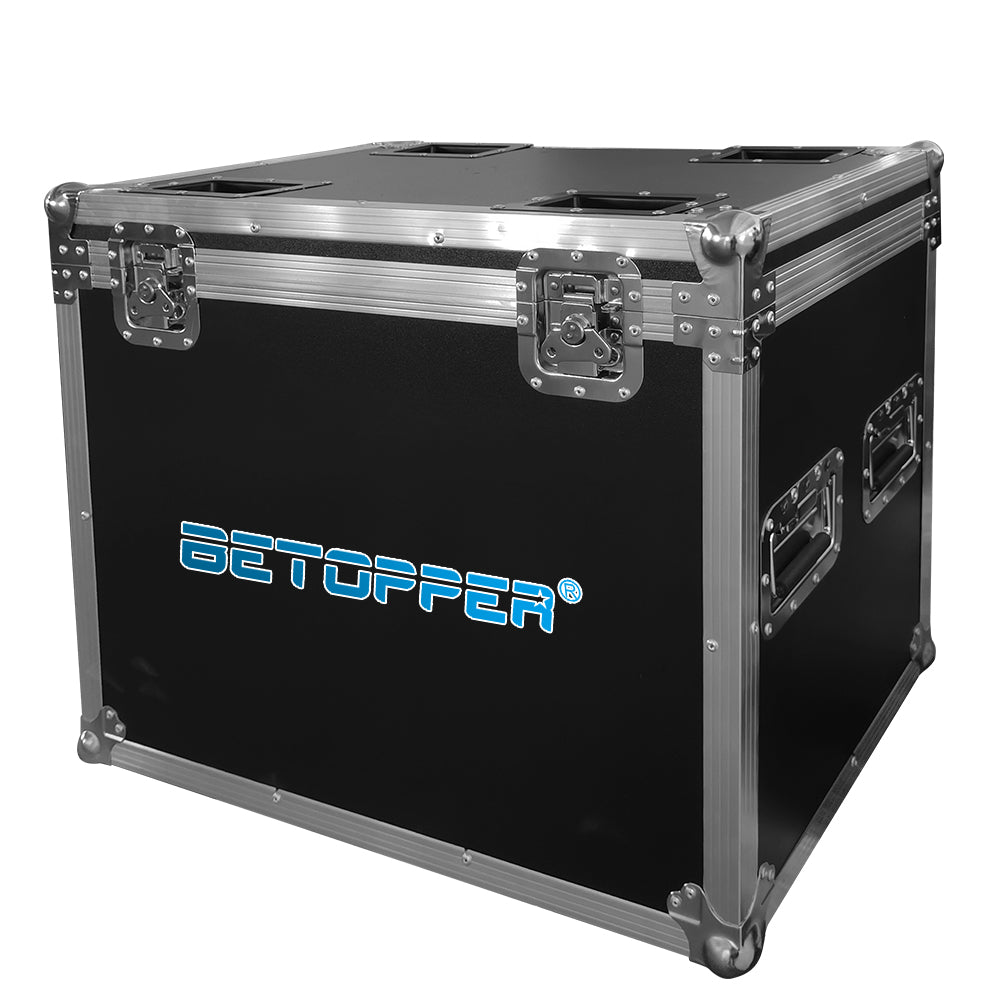
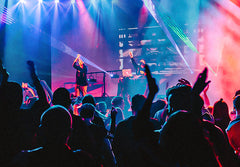
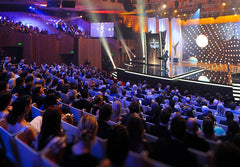
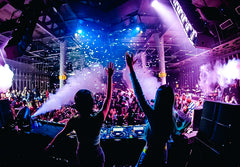



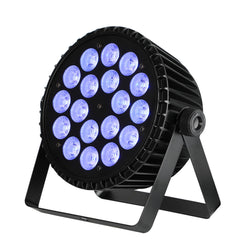
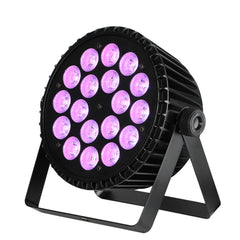
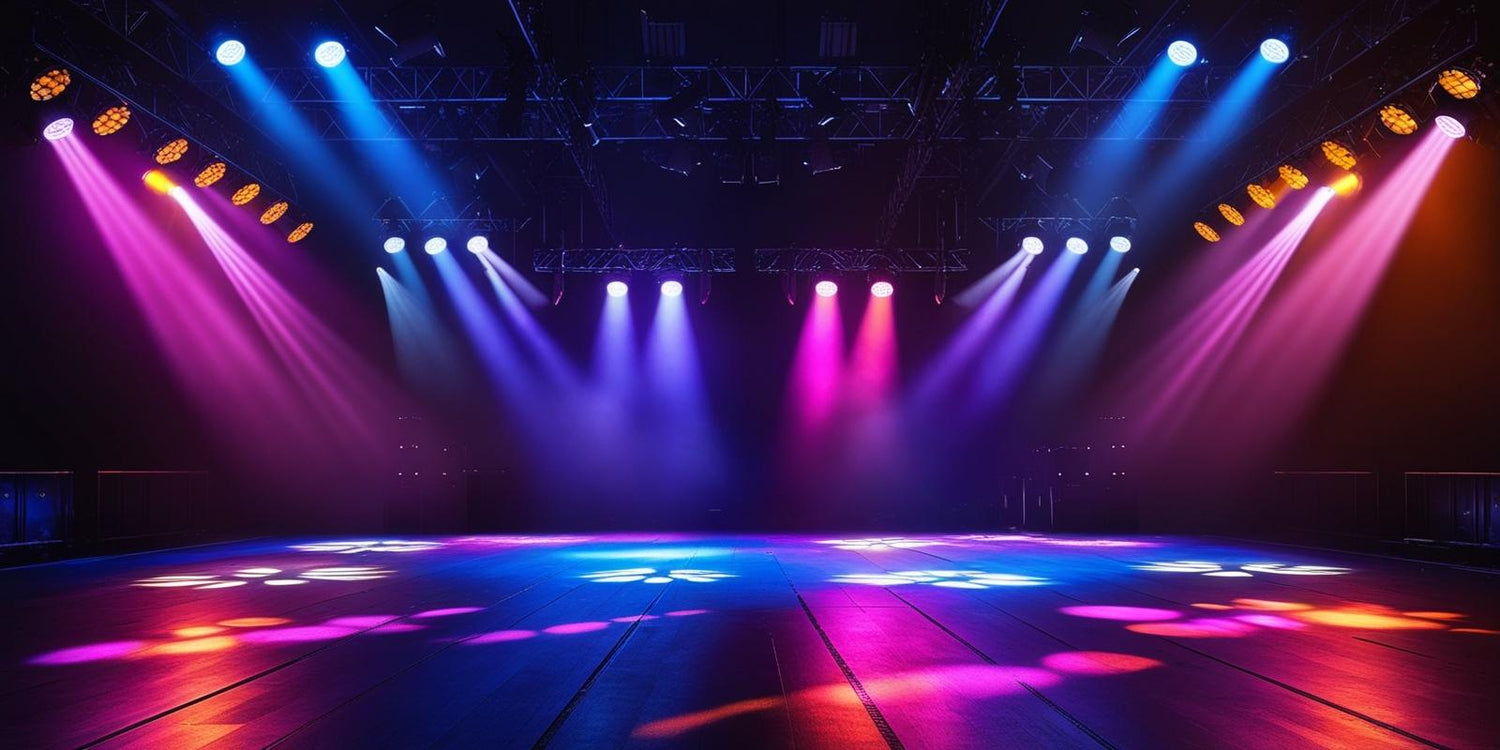
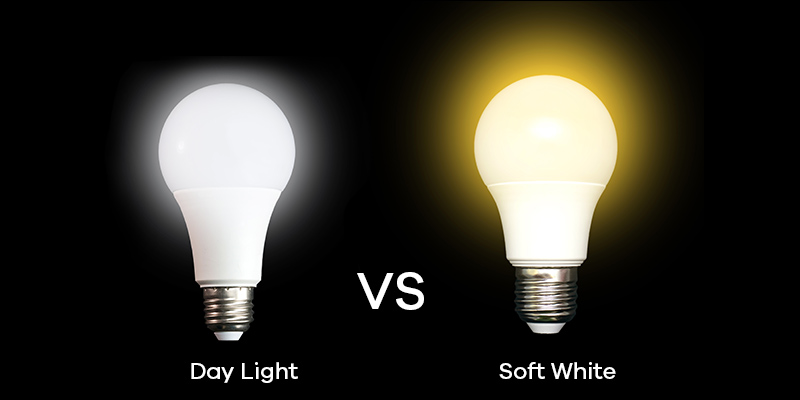
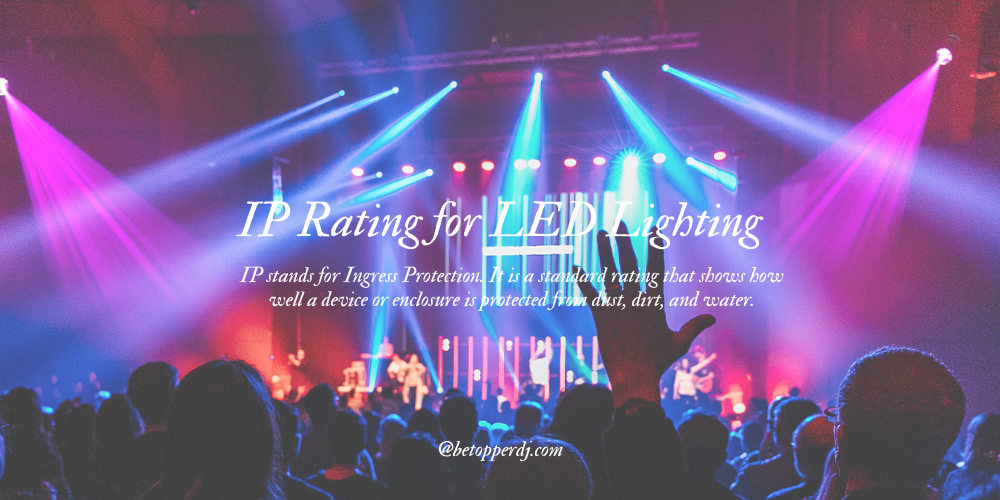
Leave a comment
This site is protected by hCaptcha and the hCaptcha Privacy Policy and Terms of Service apply.